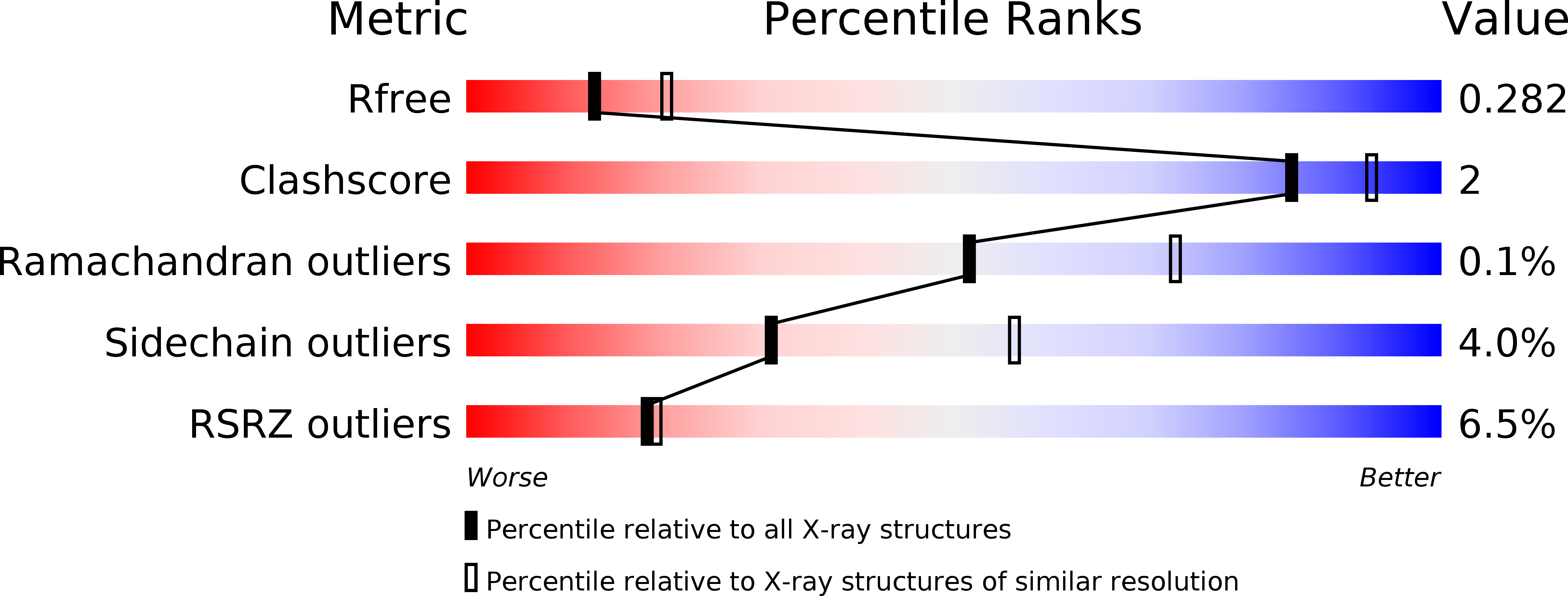
Deposition Date
2010-11-03
Release Date
2010-11-17
Last Version Date
2024-02-21
Entry Detail
PDB ID:
3PH7
Keywords:
Title:
Crystal structure of Plasmodium vivax putative polyprenyl pyrophosphate synthase in complex with geranylgeranyl diphosphate
Biological Source:
Source Organism:
Plasmodium vivax (Taxon ID: 5855)
Host Organism:
Method Details:
Experimental Method:
Resolution:
2.50 Å
R-Value Free:
0.27
R-Value Work:
0.23
R-Value Observed:
0.23
Space Group:
P 21 21 21


